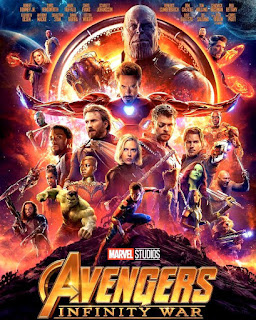Journalist and pop culture writer Reed Tucker wrote a fascinating book called Slugfest: Inside the Epic 50 Year Battle Between Marvel and DC. As the title suggests, it details the ups and downs, blow-outs, brawls, gimmicks, employee stealing, love affairs, and financial fortunes of the two most prominent comic book companies in the world. In this age of superhero ascendancy, when it seems that every tv show, movie, and t-shirt in the world has some kind of costumed do-gooder on it, it’s worthwhile to read a little of the history of the companies that have spawned these characters and universes with such longevity, cultural sway, and financial payoff. Tucker’s argument is essentially that while DC did it first, debuting characters like Batman and Superman in the late 1930s, Marvel has almost always done it better, bringing in younger, hipper, more relatable characters like Spiderman and the X-Men in the 60s. The two companies have a symbiotic relationship, feeding off of one another’s ideas about character, story, format, distribution, and marketing. If Marvel produces a massive, multi-issue crossover event to increase sales, it’s a good bet DC will have one too. If DC creates an edgy, independent line of comics for adults, Marvel will be right behind them. Who does it better is sometimes just a matter of taste, but sometimes there are numbers to back it up.
After months of hype, anticipation, and drama, DC’s Justice League movie was released last
fall to largely unenthusiastic reviews. The mishmash style of the two
directors, Zach Snyder and Joss Whedon, the uneven tone, the forgettable CGI
villain – it all added up to a whole lot of not much. With a gross of 658
million against a 300 million dollar budget, the film actually lost its studio
about 60 million dollars.
On the other hand, Marvel’s answer to Justice League, Avengers:
Infinity War, just set a record for earning a billion dollars in eleven
days, one day faster than the previous record holder, Star Wars: The Force Awakens. It’s already more financially
successful than its sister film at DC, but is it any better of a movie?
Yes and no. Infinity
War is two and a half hours of solid action. Moments of quiet introspection
and character development are few and brief. Mostly, it’s just impressive
looking production design combined with explosions and fight scenes. So as a
stand-alone film, it doesn’t work particularly well. But that’s just it.
Marvel’s trick is that it has been building to this moment over the course of
ten years and eighteen films. If you have been following the Marvel Universe to
this point, Infinity War is funny, exciting, and at moments, touching. If you
haven’t been, you are going to be super confused.
Thanos, a giant
purple alien built like a brick wall, is determined to collect all of the
mystical objects called Infinity Stones and use them to wipe out half of the
population in the entire universe. The way he sees it, it will cut down on
famine and overpopulation and make sure there are enough resources for
everyone. Interestingly, Thanos sees himself as a good guy who is willing to
make the hard choices that will spare more suffering later. Naturally, all the Marvel
heroes from Spiderman to the Guardians of the Galaxy have a problem with that,
especially since one of their own, the Avengers’ The Vision, is powered by one
of the stones and Thanos getting it means killing him.
As a movie on its own, Infinity
War is probably a confusing mess. As the first half of a capstone for ten
years’ worth of universe-building and a reward for faithful superhero nerds
everywhere, it’s pretty great. The film proves Reed Tucker’s thesis: on the
surface, it appears that Marvel and DC do the same thing, but a closer look
reveals that Marvel usually does things better.

